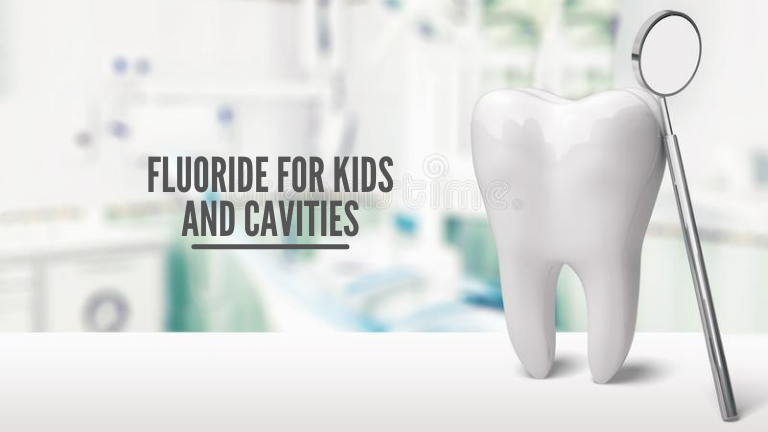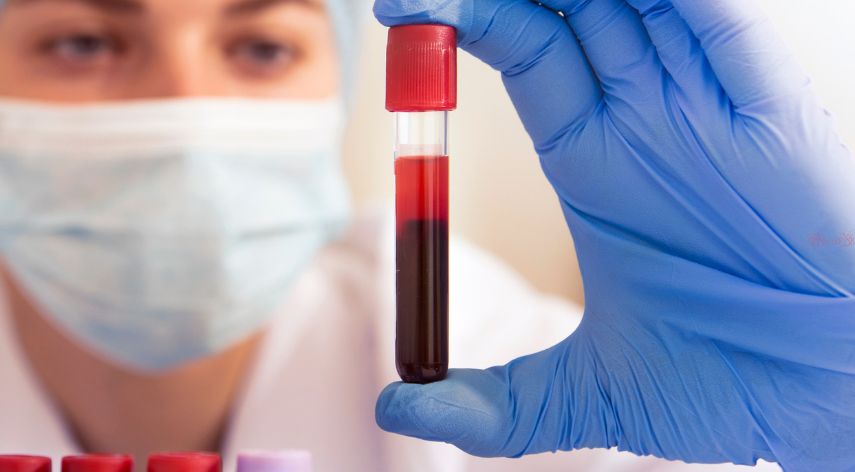Myths and Science Surrounding Fluoride for Kids and Cavities

We have always heard that fluoride in mouthwashesand toothpaste help to fight cavities and protects the teeth from infections and decay. While fluoride can be effective in doing what they say it does, it might interest you to know that it is not the right choice for everyone.
This article helps you see the risks and benefits of using fluoride toothpaste, mouthwash and even fluoridated water. If you want to find out more information about fluoride, you can contact best dentist in your area.
Table of Contents
ToggleSources of fluoride
In the home, fluoride can generally be found in any of the four sources:
- Fluoridated water supply: the public water supply is usually infusedwith fluoride. According to the CDC, the amount of fluoride in the public water supply is enoughto prevent tooth decay.
- Fluoride toothpaste: This is perhaps the most common source of fluoride in the home. Several mainstream tubes of toothpaste contain fluoride in varying quantities.
- Fluoride supplements: besides the usual source of fluoride, several supplementsthat contain fluoride, and they include lozenges, tablets and drops.
- Fluoride varnish: varnish is the gel-like substancethat is given to you by your dentist after teeth cleaning. They contain high levels of fluoride in them.
Does fluoride prevent cavities?
Yes, they actually do. However, they also have their effects, especially on children. For instance, they can be toxic and have been known to cause dental fluorosis. Dental fluorosis are patches or spots of white discolouration that stain the teeth, permanently, especially in children aged 8 and below.
When fluoride is ingested through toothpaste, the person is at risk of developing neurological problems as well as others associated with fluoride consumption. It is worse in children because they use large amounts of toothpaste when brushing as opposed to the pea-sized amount that the label clearly says. Yes, fluoride protects the teeth from cavities, but they do so at a cost. Also, fluoride maybe antibacterial, meaning that it can kill off the beneficial bacteria in your oral microbiome. There are other alternatives to fighting cavities through the use of hydroxyapatite, which is less risky than fluoride.
Fluoride toothpaste vs fluoridated water
The amount of fluoride present in toothpaste is different from that of fluoridated water as listed below in parts per million (ppm)
- Children’s toothpaste: 500 – 1000 ppm
- Adults toothpaste: 1000 ppm
- Fluoridated water for drinking: 0.7 ppm
- Prescription fluoride toothpaste: 5000 ppm
- Fluoride varnish: 12,300 ppm
As seen from the list, the amount of fluoride in toothpaste is higher than water. However, let’s not forget we drink large amounts of water daily as opposed to the fluoride toothpaste we can swallow by accident. Also, the fluoride in toothpaste is different from the one present in water.
The fluoride in toothpaste is called sodium fluoride, while the one present in water is hydrofluorosilicicacid which is a byproduct of phosphate fertiliser. Also, it clearly states on the pack of toothpaste that ingesting it will make you sick.
Pros and cons of fluoride varnish
Pros
- They are beneficial for special needs children or those who breathe through their mouth
- They fight cavities
- They come in handy for children from low-income families that cannot afford better quality food or hydroxyapatite toothpaste.
Cons
- They contain about 20 times more fluoride than toothpaste, which can be very harmful to children when swallowed.
Common questions about fluoride that you can discuss with your dentist
Can my child use fluoride toothpaste?
Children’s toothpaste is usually much flavoured, and a child’s swallow reflex has not fully developed. It is very likely your child will swallow the toothpaste if they use it. Unless you are sure your child will not swallow the toothpaste, it is not advisable.
Can my child use fluoride varnish?
This is only recommended if your child has an extraordinarily high risk of having cavities. Otherwise, it is not advisable. They contain higher amounts of fluoride in them than toothpaste and children will most likely swallow at every chance they get.
Can my child drink fluoridated water?
There are well-conducted research and information that prove that ingesting fluoride can be very dangerous to your child. On that note, your child should not drink fluoridated water. Exposure to fluoride at early stages in life can lead to neurological problems like ADHD and IQ deficits.
What is the highest amount of fluoride a child can ingest?
The maximum amount of fluoride that can be ingested for a child should be below 100mg of fluoride according to the toxicity standard of fluoride intake.
Should I use hydroxyapatite toothpaste?
Yes, you can. Hydroxyapatite toothpaste fights cavities as well as remineralising the teeth. This is the same thing a fluoride toothpaste does, but in the case of a hydroxyapatite toothpaste, there is no toxicity risk factor.
The benefits of hydroxyapatite toothpaste include
- It increases the microhardness of the human enamel and prevents enamel erosion
- It is biocompatible
- It brightens and whitens teeth more than standard toothpaste, and is known to be the only toothpaste with internal whitening benefit
- It is good for the oral microbiome by preventing the onset of harmful bacteria
- It prevents and reverses tooth decay in children
- It prevents fluoride toxicity and enamel fluorosis
Can I use fluoride while pregnant or breastfeeding?
You can, as long as you can prevent yourself from swallowing it. Research reports have shown that prenatal fluoride exposure results in lower IQ scores in the child after it has been born.
Can we prevent cavities without fluoride?
You can prevent cavities without the use of fluoride through the following ways
- Use of hydroxyapatite toothpaste
- Organic food
- Breathing through your nose if mouth breathing is a problem
- Healthy diet
- Oral probiotics
- Brushing and flossing without fluoride
Fluoride toxicity
Fluoride toxicity or fluoride poisoning is the excess consumption of fluoride. Any of the following can cause fluoride toxicity
- Fluoride reacting with calcium, causingelectrolyte imbalance and inhibition of nerve function
- Fluoride turningto hydrofluoric acid causing the burning of body tissues
- Fluoride inhibiting enzymes, leading to the poisoning of cells
- Fluoride increasing the production of free radicals, thereby increasing oxidation stress
Symptoms of fluoride toxicity
Short-term symptoms
- Tetany
- Low blood pressure
- Excess saliva
- Nausea
- Vomiting
- Convulsions
- Hypocalcemia
- Coma
Long-term symptoms
- Allergies
- ADHD
- Skeletal fluorosis
- Dental fluorosis
- Indigestion
- Congenital disabilities
- Numbness
- IQ deficits
- Muscle spasms
- Kidney problems
- Cancer
Besides the risk of skeletal fluorosis and dental fluorosis when excess fluoride is ingested, there hasnot been any other health risk associated with fluoride. However, it would be safer to use hydroxyapatite as an alternative to fluoride. If you are residing in Harley Street and nearest area, you can consult with dentist at Smile Works Dental for more helpful information about fluoride and its effects.
Recommended For You
Spread the love Sexual health is an essential aspect of personal well-being. If you’re based in London and need STI
Spread the love In today’s fast-paced world, managing your health effectively is more important than ever – especially for those
Spread the love The EGFR blood test is an important way to check how well the kidneys are working. It



